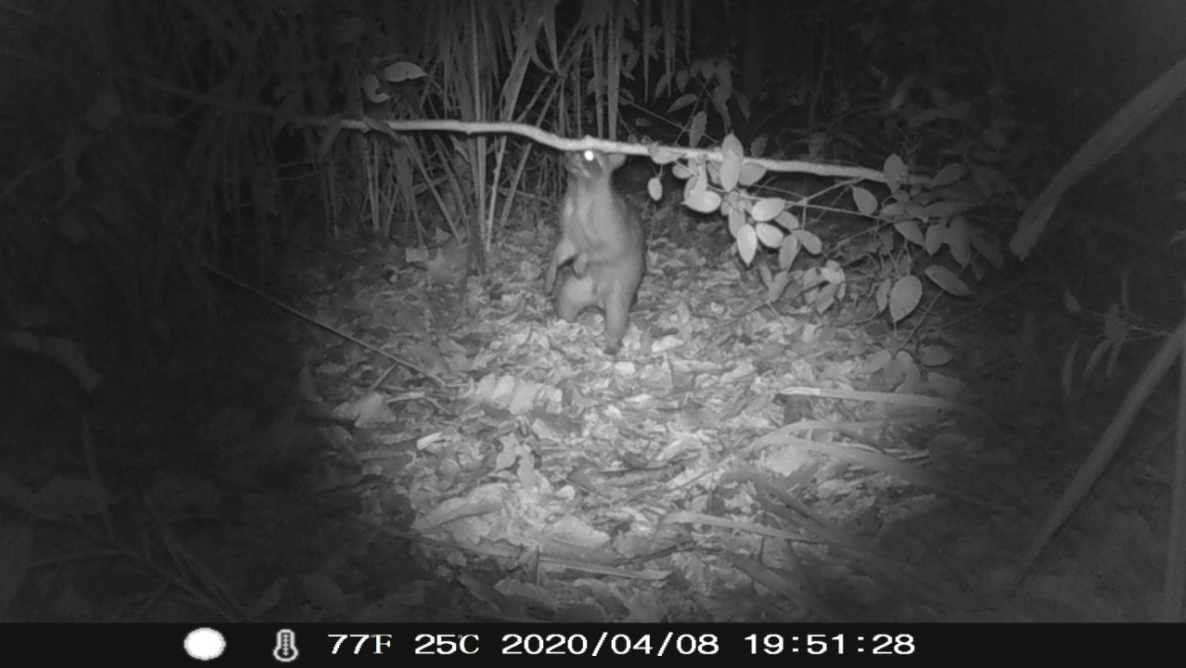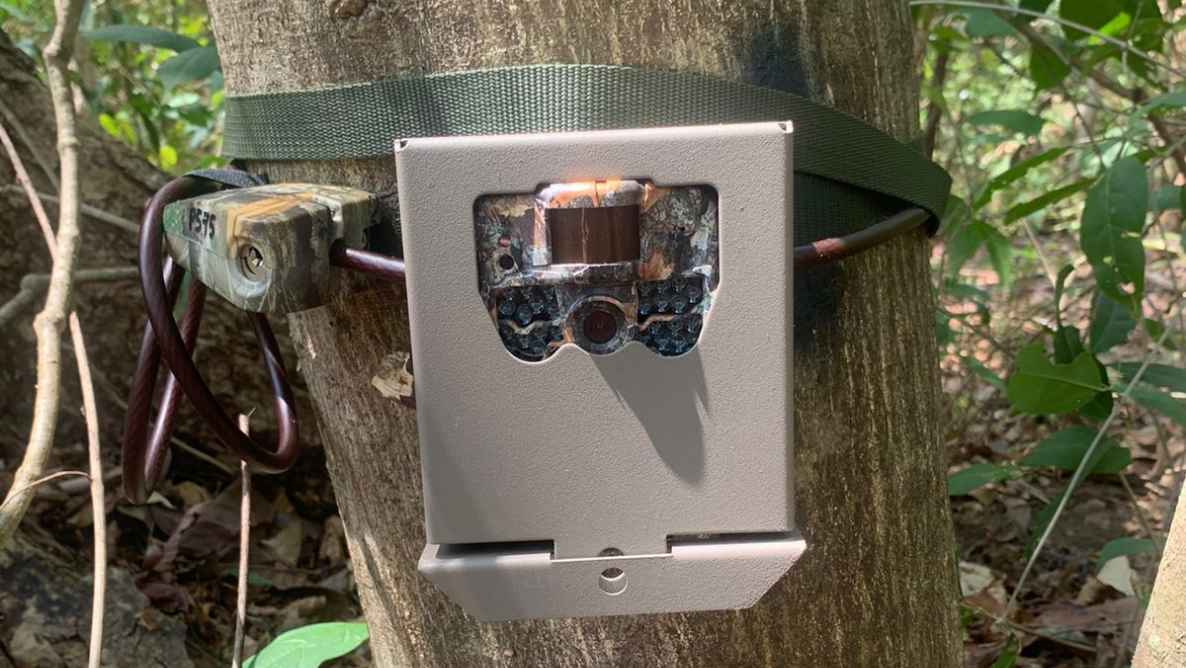Have you ever wondered what the population of monkeys is, in Nosara, or what species of animals are in danger of extinction? Those are some of the questions that prompted researcher Vanessa Bezy, from the Wildlife Conservation Association ,and our director of NCA programs Francisco Jiménez, to join forces.
Thanks to a successful alliance between the Wildlife Conservation Association and the Nosara Civic Association, both researchers developed a Nosara biodiversity monitoring project. It is based on the use of camera traps and community reports through the iNaturalist app.
The main result of this study is a freely accessible database of biodiversity in the Nosara area, that gives us a new and improved understanding of the variety of species at the local level. Each iNaturalist observation contains the following data: photograph, species, date, time and gps coordinates.

According to the first report of the fauna monitoring that concluded at the end of 2021, a total of 702 species were registered in iNaturalist. Of these reports, the most common sightings were the mantled howler monkey (95 sightings), the white-nosed coati (32 sightings), and the black spiny-tailed iguana (25 sightings). Reported sightings included a diversity of protected and endangered native species – the olive ridley turtle, the jaguarundi, the white-faced capuchin monkeys and the howler monkeys.
According to Bezy, this type of data is of great value to understand the dynamics of the fauna of the community, since there is little scientific evidence of the need for regulations in support of conservation. Furthermore, there is little data on local biodiversity to inform the management of existing protected areas.
“It is interesting to see how there are many records of wildlife in Guiones, being the sector of Nosara where there is the greatest growth. These types of reports help inspire people to take into account the biodiversity that we have around us and to think better about the implications that development can have,” Bezy commented.
Furthermore, both Vanessa and Francisco agree that these results highlight a diversity of local species that can attract nature-based tourism – particularly for bird watching.
Camera Traps in Nosara
With the intention of continuing and improving the monitoring of Biodiversity, the Harmony Hotel, Del Mar Academy and SINAC joined the project this year to place trap cameras in different points of the community.
Currently, there are 10 camera traps installed at different points. Some are located on the properties of the Nosara Civic Association and others are within the Ostional National Wildlife Refuge.

Camera traps offer an automated methodology that can be used to monitor terrestrial mammals that are an important component of tropical dry forest ecosystems. They influence vegetation by distributing nutrients, and control the abundance of primary consumers through predation. These animals are disproportionately affected by humans, with the main threat being habitat loss, and thus serve as good indicators of ecosystem health.
The Nosara Civic Association will be periodically sharing some of the results from the trap cameras and we will also share the images that are obtained.
If you are at home, or walking along one of our trails, or simply in the Refuge, and come across any species, please record your sighting in the iNaturalist application. Your contribution will be of great value to the team of scientists who are working on this project.
